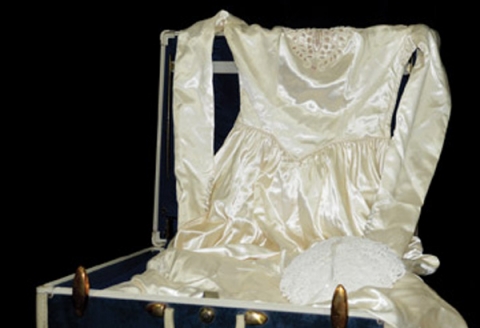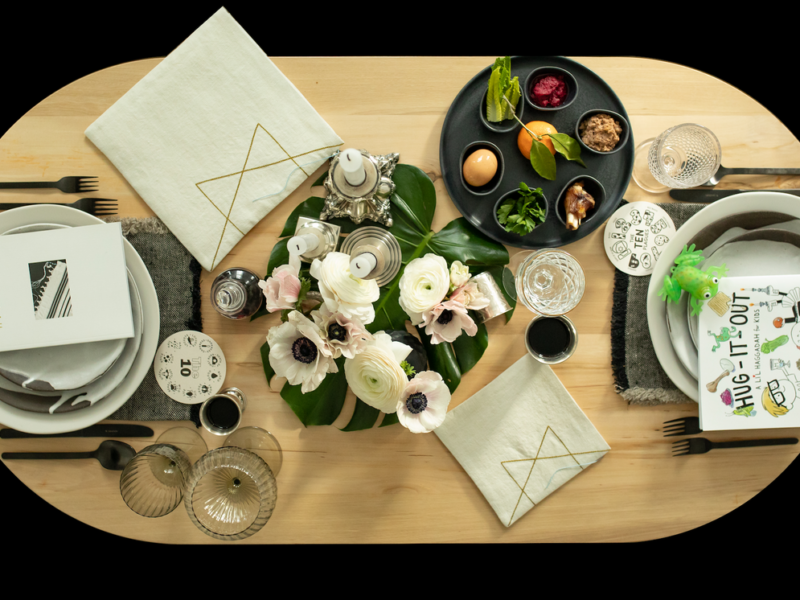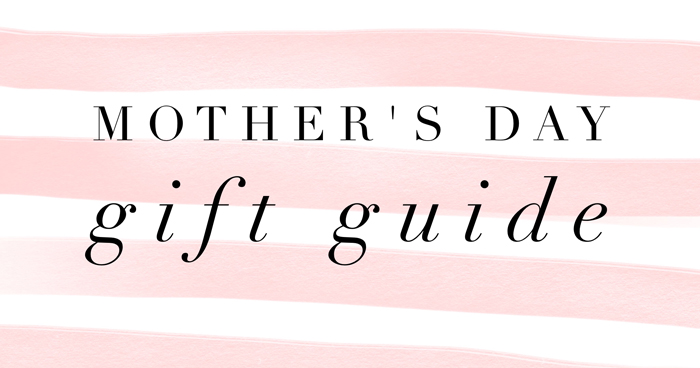The best dress of the Seventh Annual Wedding Gown and Ketubah Show was hiding in plain sight.
For years, Jewish History Museum staff had heard rumors that the Drachman family had left artifacts in their original home at the corner of 4th Avenue and University Boulevard. Indeed, among fraternity paddles and sailor suits emblazoned with the Tucson Drachman name, were two wedding dresses nestled in an adorable old suitcase.
The more modern strapless dress, probably from the 1980s, was nice enough, but underneath was an unblemished silk charmeuse gown, slinky and long and decorated with the most understated, darkened lace. Its muff, still just barely scented of lavender, was also intact and stitched of the same creamy silk. The dress likely dates from the 1940s. We hope by the time the show officially opens Feb. 15 that the rest of the history will be uncovered, and we will have a definite wedding day and courtship story to share with the dress.
Other stunners in the show this year include a full-length – chin to pinky toe – lace dress made for the wedding of Arlene and Howard Brody. It is accompanied by the heaviest, most elaborate veil yet to grace our humble bimah. The veil is a headpiece with a Magen David (Jewish star) made of pearls, rhinestones and lace from the gown. The dress was made by a Mrs. Lisofsky from Paris. She was 92 when she made the dress and veil. All three of Arlene’s sisters and her sister-in-law wore the headpiece for their weddings as well.
Arlene first talked of donating her dress over the summer, and it was delivered in a driving winter rain late one December evening. We are so thankful to our liaison Anne Lowe, who heads up the federation on the northwest side of town, for shepherding this unusual find to our doorstep. Married to Howard Brody since Aug. 20, 1960, Arlene says the only other unusual part of their wedding was that three rabbis officiated.
“My grandmother had a rabbi whom she supported. He was Orthodox, and the synagogue where we were married was just merging with another temple, so both of those rabbis were there.”
Two of the oldest gowns in the exhibit are not white, for it wasn’t traditional until after Queen Victoria’s era to wear white on one’s wedding day. One is a sapphire blue dress from El Paso, circa 1840, complete with parasol; the other is a gold gown with a 14-inch waist!
The story of the golden gown is that Cordelia Perrine was a mail-order bride from Germany, who converted to Judaism upon marrying Jacob Kaestner in Idaho in 1868. Jacob went on to build the first synagogue in Boise, which is the oldest, continually used Jewish house of worship west of the Mississippi.
Finally, a sisterhood gown belonging to the original Temple Emanuel – where the museum is now housed – was worn by a multitude of brides during the Depression. Many brides could not afford a wedding gown for their special day, so congregation sisterhoods would often purchase a gown to lend to various brides. The way the liquid-satin gown with a cathedral train is gathered at the waist and down the center and has pleats at the hips reveals how it was altered several times to accommodate various figures.
The JHM has over 40 dresses in its permanent collection, and we continue to accept new donations. Our “anchor” piece, a silk chemise from the 1590s with Elizabethan sleeves, never disappoints. This gown was what inspired our original show seven years ago and has been officially traced by the Smithsonian to the mill in Germany where the silk was woven more than 400 years ago.
Judy Rose Sensibar is the former executive director of the Jewish History Museum in Tucson.






